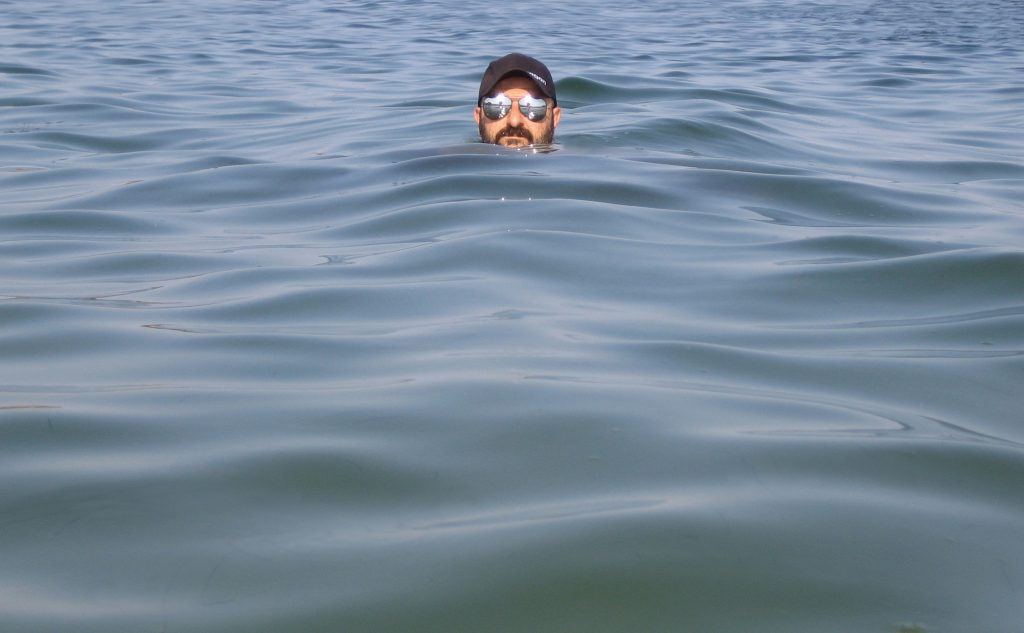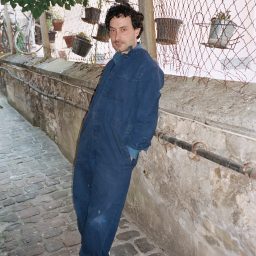Brussels-based artist Pierre Bismuth is one of few artists who can boast an Oscar. Alongside Michel Gondry and Charlie Kaufman, Bismuth won the Hollywood award for co-writing the screenplay of Eternal Sunshine of the Spotless Mind, the early 2000s sci-fi about love and memory starring Jim Carrey and Kate Winslet.
In his art practice, cinema also plays a role—the conceptual artist often references and transgresses Hollywood celebrity. In his series “Following the right hand,” he traced actors’ right hands as they moved throughout an entire film by placing tracing paper over a screen. Marlene Dietrich, Greta Garbo, and Marilyn Monroe are a few of the starlets whose on-screen movements he has translated into energetic squiggle drawings.
Some of these drawings are on view in his current exhibition in Paris at the Centre Pompidou, where he plays with conceptual artist Joseph Beuys’s famous line that “every human being is an artist.” Bismuth replies back with his own version of the saying, which forms the title of the show that spans 20 years of his work: “Everyone is an artist but only the artist knows it.”
For the exhibition, he also made two new works that offer a cheeky commentary on the art market, including a Saab automobile that once belonged to famous Belgian collector Herman Daled, which has been re-upholstered to list the names of the artists in Daled’s collection.
The artist has also unveiled a chocolate bar made from a unique recipe he developed: “If the art public cannot escape its role as cultural consumer, then they might as well eat good chocolate.”
We spoke to the artist about his new foray into being a chocolatier and why the most precious thing to have in a studio is another human being.
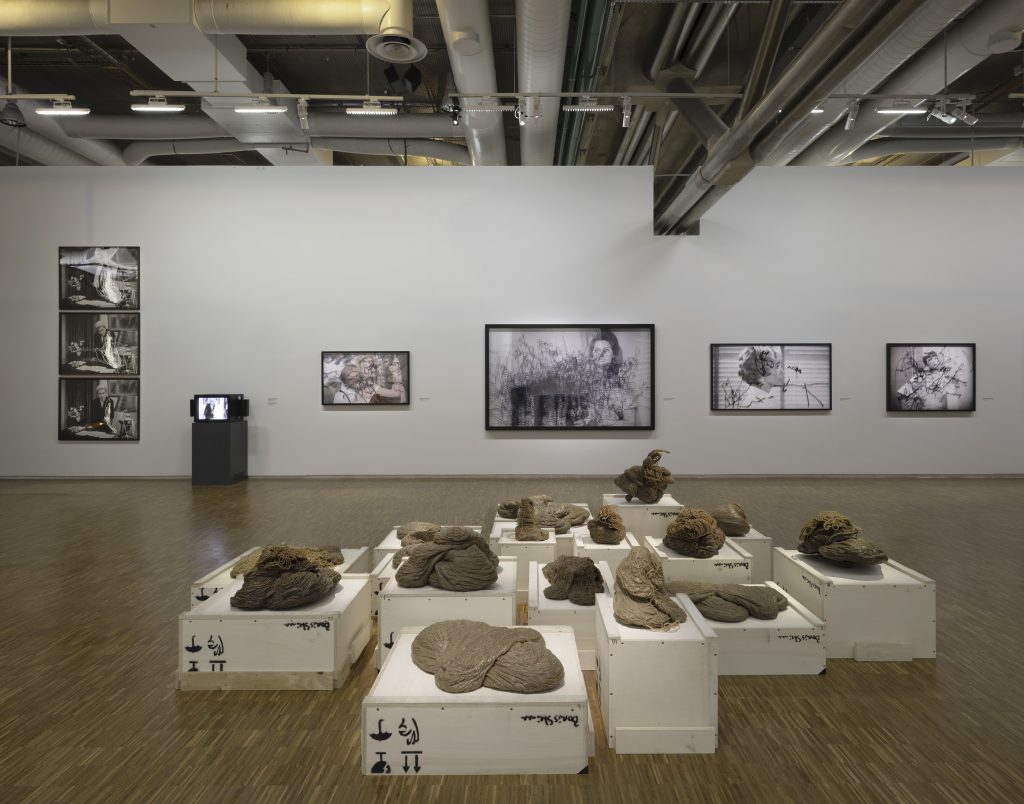
Installation view at Centre Pompidou. Photo: Helene-Mauri
What are the most indispensable items in your studio and why?
In my case, it’s not an item that is indispensable but a good assistant. Someone I can exchange with, talk about art and society as well as just strategy and organization. Sometimes I have assistants, sometimes I don’t, and I feel the difference.
Otherwise, in terms of items, the radio is always on when I work from home, and my music system is the first thing I switch on when I arrive to the studio. I always listen to music when I work at my desk. Not really when I am really fabricating.
What is the studio task on your agenda tomorrow that you are most looking forward to?
For the moment, I am preparing the tour of my Centre Pompidou solo show that will open at West Den Haag in the Netherlands in March. For the show at West, I am creating two new things from home in my kitchen, as I sadly don’t have one yet in the studio. One is a new recipe of “Pierre Bismuth Chocolate,” a kind of Dutch colonial chocolate with an interpretation of Indonesian satay sauce in the form of nougatine.
And the other piece is a collaboration with the artist Asad Raza which is based on creating a dish together that is exactly a mix between a Pakistani dish and a Tunisian dish, both being the countries of origins of our families.

Installation view at Centre Pompidou. Photo: Helene-Mauri
What kind of atmosphere do you prefer when you work? Do you listen to music or podcasts, or do you prefer silence? Why?
It depends if I have to be in the studio to produce for a show or if I am just at my desk. I rarely fabricate things outside of an exhibition context. Otherwise, as I said, I am a mélomane and also an audiophile, so my music system is most always on.
Generally speaking, I think ideally the studio should be like a second home but bigger and less fragile—a place where you can sit down and read something (most of my books and catalogues are in the studio), listen to music, cook, eat and have some friends around, in addition to, of course, cutting, welding, drawing, and painting freely. I say “ideally” because I actually never succeeded to finish my studio in order to make it really neither operational and efficient nor comfortable enough not to feel obligated to make any work at all.
What trait do you most admire in a work of art? What trait do you most despise?
It is difficult to say, since a good piece can have some of the characteristics you despise normally and so contradict your pre-established ideas about what you like. I usually like simplicity and a certain sense of humor or wit. I don’t really like works with too much intention or overly poetic works that really want to look like artworks. But again, a good piece might break all of these rules.
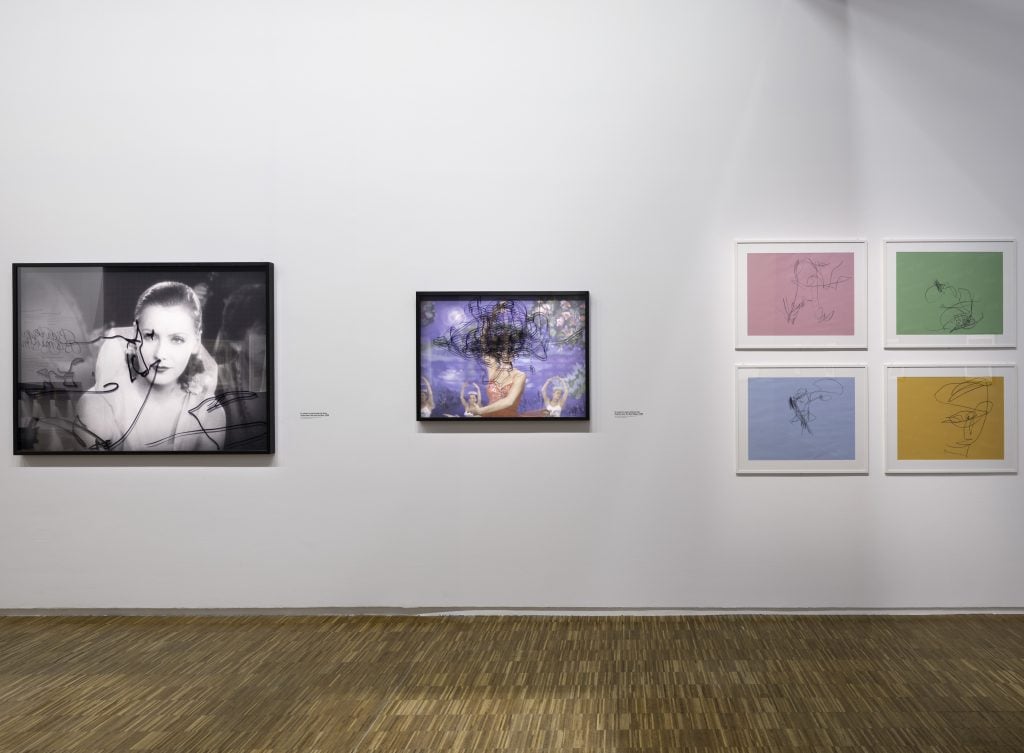
Installation view at Centre Pompidou. Photo: Helene-Mauri
What snack food could your studio not function without?
I actually don’t eat snack food, but I could not function without an espresso machine.
Who are your favorite artists, curators, or other thinkers to follow on social media right now?
Oh boy, I will skip this question, first because I am not on social media and second because I generally resent the idea of rating.
When you feel stuck in the studio, what do you do to get un-stuck?
That’s a feeling I never have as I am multitasking, I have the opposite problem: too many things to do, not enough time.
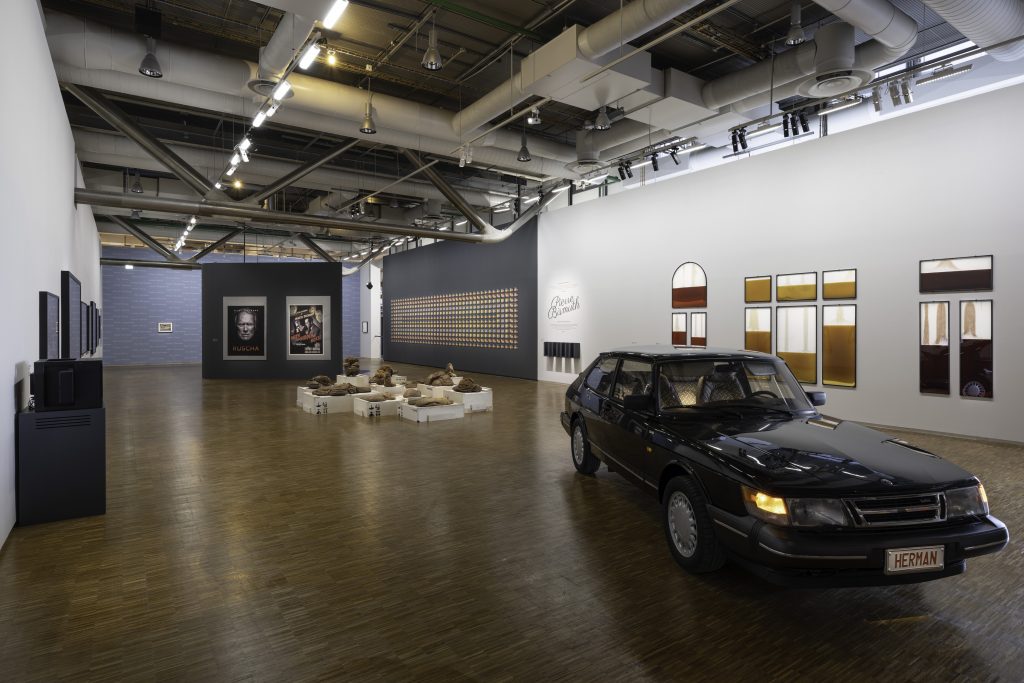
Installation view at Centre Pompidou. Photo: Helene-Mauri
What is the last exhibition you saw (virtual or otherwise) that made an impression on you and why?
I have seen so few exhibitions within the last two years, but the last three exhibitions I have visited in Centre Pompidou, for obvious reasons of convenience, were very good: those were by artists Martha Wilson, Saul Steinberg and Ettore Sottsass.
If you had to put together a mood board, what would be on it right now?
Images of frozen food packaging and all types of freezer cabinets since Asad Raza and I are trying to process our dish as a frozen meal and present it in the gallery in a freezer.
“Pierre Bismuth: Everyone is an artist but only the artist knows it” is on view through February 28 at Centre Pompidou in Paris.
